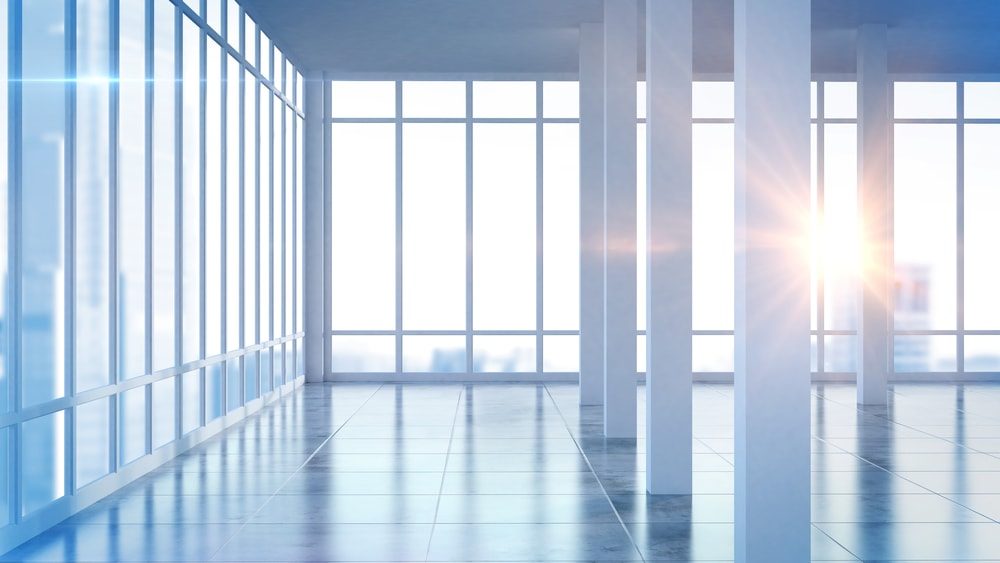Feeling Hot, Hot, Hot
Why do we keep delivering buildings that are too hot and too bright?
Air conditioning use has increased by a whopping 46% in the last six years, the equivalent energy output of Hinkley Point[1].

We don’t need to harp on about the benefits of natural daylight. Its positive impacts are now well evidenced and known in our industry, from more productive workers to more successful students and shorter hospital stays, not forgetting the residential sector where we just can’t get enough of the stuff and now have a thriving industry of rooflight pioneers delivering more and more spectacular and beautiful glass forms and functions.
But after the stunning glass roof is installed and we have moved on to our next job, how many customers are left feeling surprised by how hot and bright it is in their fabulous new kitchen extension, or classroom, or client suite, despite all the promises about how effective solar control glass is these days?
The problem cannot be solved by glass alone
Even with the most effective solar control glass, the right kind of fabric blind can save a further 50% on energy costs. A recent PhD study at South Bank University[i] looked at a block of flats in Camden where the internal air temperature reached 45°C, the same as a typical day in Death Valley. The study found that even medium performance blinds could make a difference of as much as 18°C.
High-performance fabric shading is a no brainer economically and environmentally, and brings other possibilities too, like using clearer (and cheaper) glass to allow energy flow in both directions and a better view out on gloomy days and in the evening. So why are so many glass roofs installed without it? Is it laziness? Ignorance? Design Culture? The Great British Weather?

Perhaps it is about money. It is not uncommon in a higher-end residential extension these days for a homeowner to spend £20-50k on glass. The cost of the façade as a proportion of the build cost for a commercial office building is often more than 20%. The marketing and PR budgets of the corporate glass giants are therefore bulging, and their message is not to spend a little on fabric to save a lot on glass.
Cool Customers
So, our industry continues with the way we do things round here. Install the glass roof without any shading. It looks great at night and has such clean lines, and the top of the range glass is bound to keep the heat out. It is only afterwards, when the last coat of paint has crisply covered the surrounding plasterboard, that the customer realises it is too hot and they will have to wear sunglasses to eat their breakfast cereal. At this stage it is so much harder to find an elegant shading solution.
So much is possible now with clever blinds that can cover even the most funky glass shapes and sizes, but to look and feel high-end, mechanical components need to be concealed and power provided so that they can be operated from your smartphone. With a bit of planning at the early stages of a project, heat and glare can be controlled with blinds that are close to invisible when retracted. It is even possible to fit invisible recessed blind boxes without the blind, leaving your options open to install one later, when the heat and glare are felt and when budgets allow.
[1] Source: BRE/ BBSA
[i] Zoe De Grussa/ BBSA




